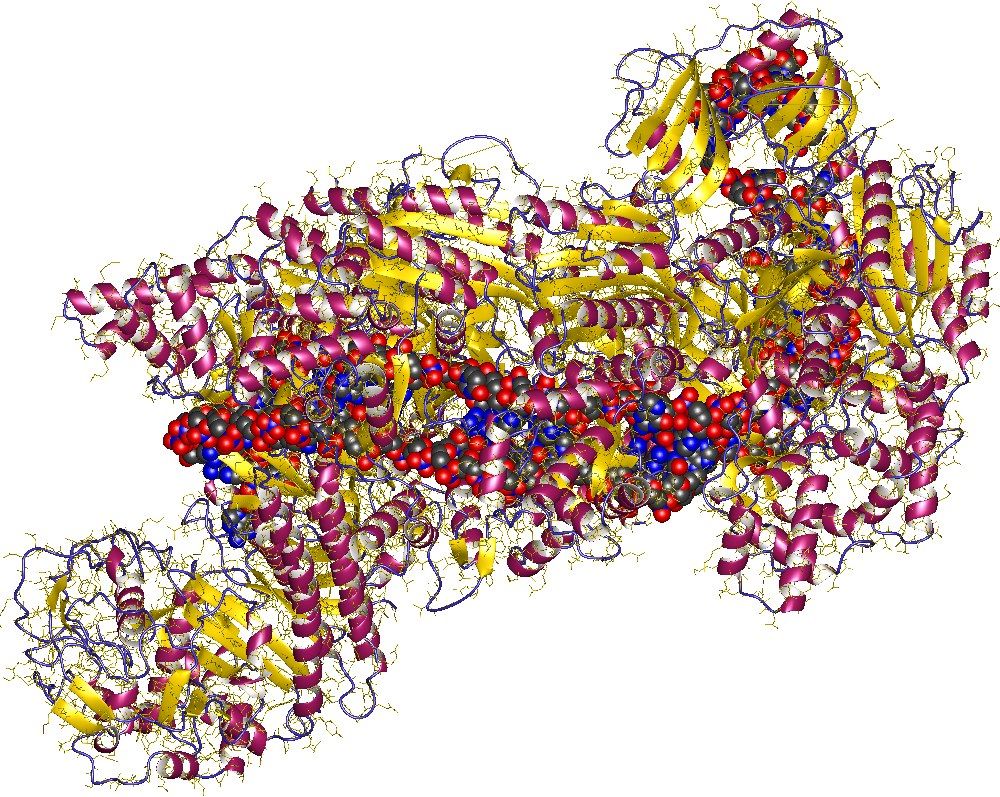Jul 24, 2016
Engineered bacteria deliver an anti cancer tumor toxin in mice before self-destructing
Posted by Karen Hurst in categories: bioengineering, biotech/medical, genetics
I never get tired of hearing more information on this research.
A synthetic genetic circuit programmed into an attenuated Salmonella enterica subspecies can be used to systemically deliver an anti-tumor toxin into mice with cancer. The circuit allows the bacterial cells inside a tumor to synchronously self-destruct by lysis, releasing the toxin directly in the tumor.
Researchers at the University of California San Diego and the Massachusetts Institute of Technology (MIT) have come up with a strategy for using synthetic biology in therapeutics. The approach enables continual production and release of drugs at disease sites in mice while simultaneously limiting the size, over time, of the populations of bacteria engineered to produce the drugs.

















